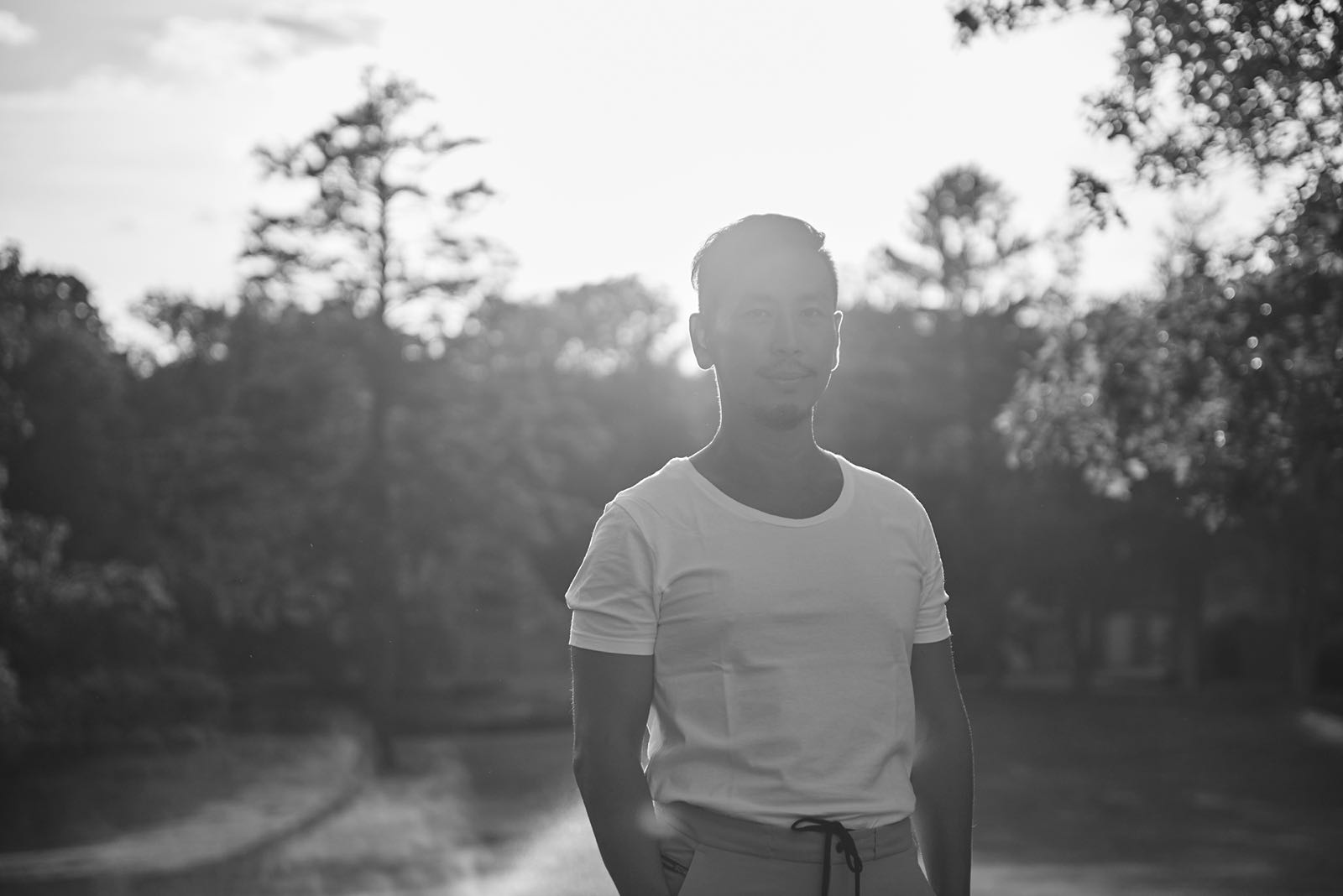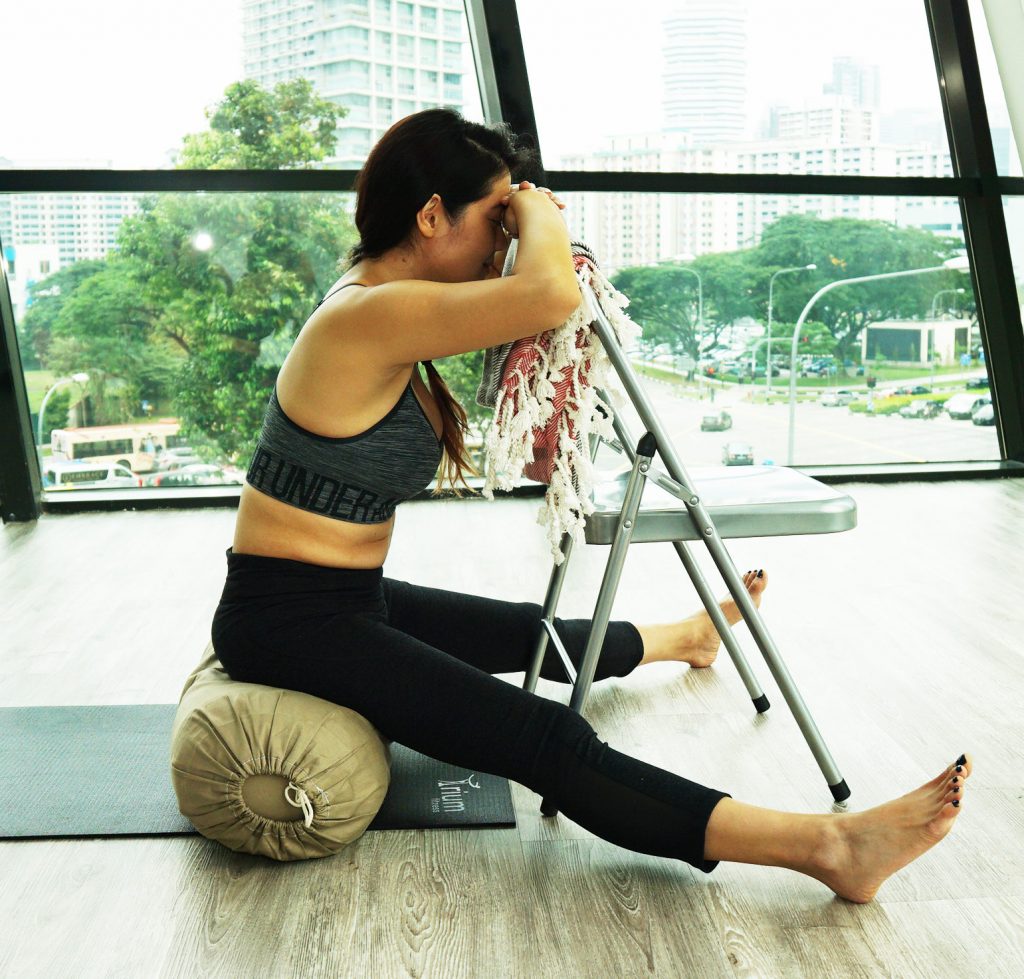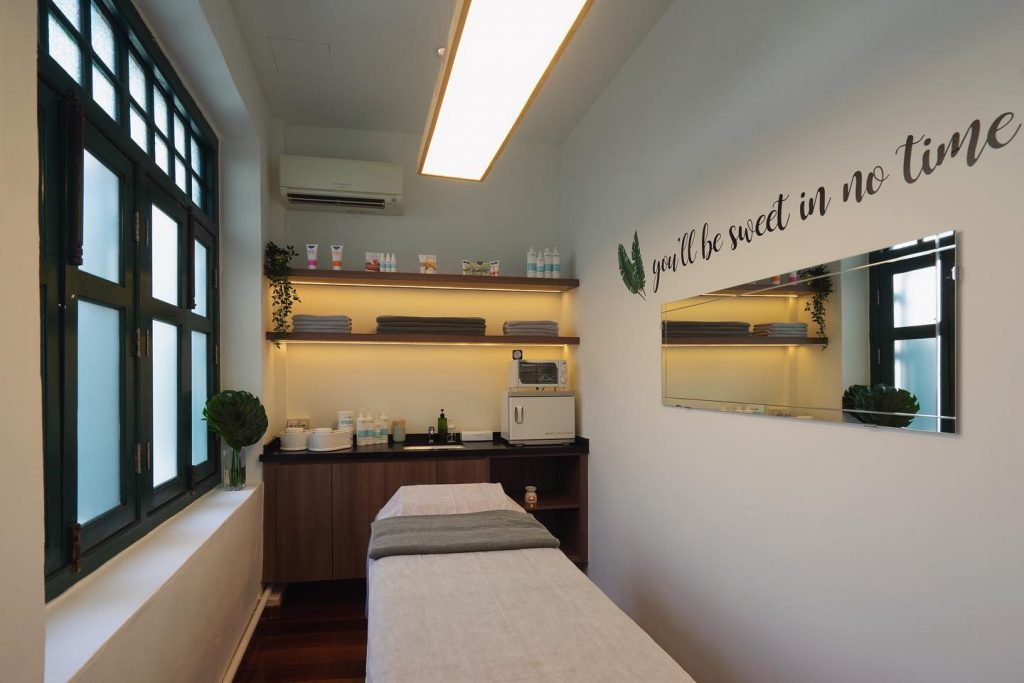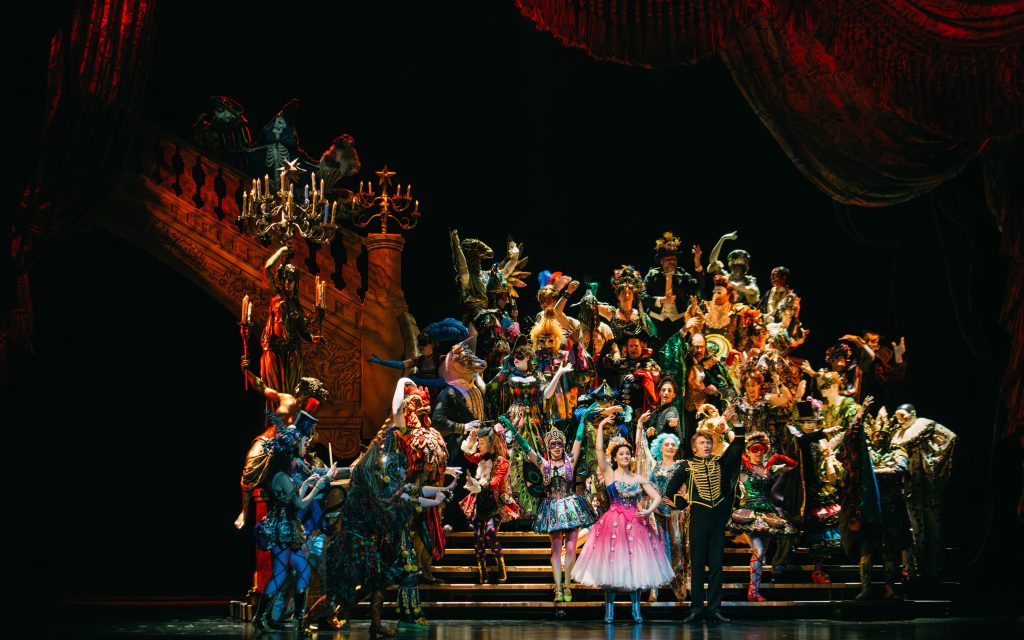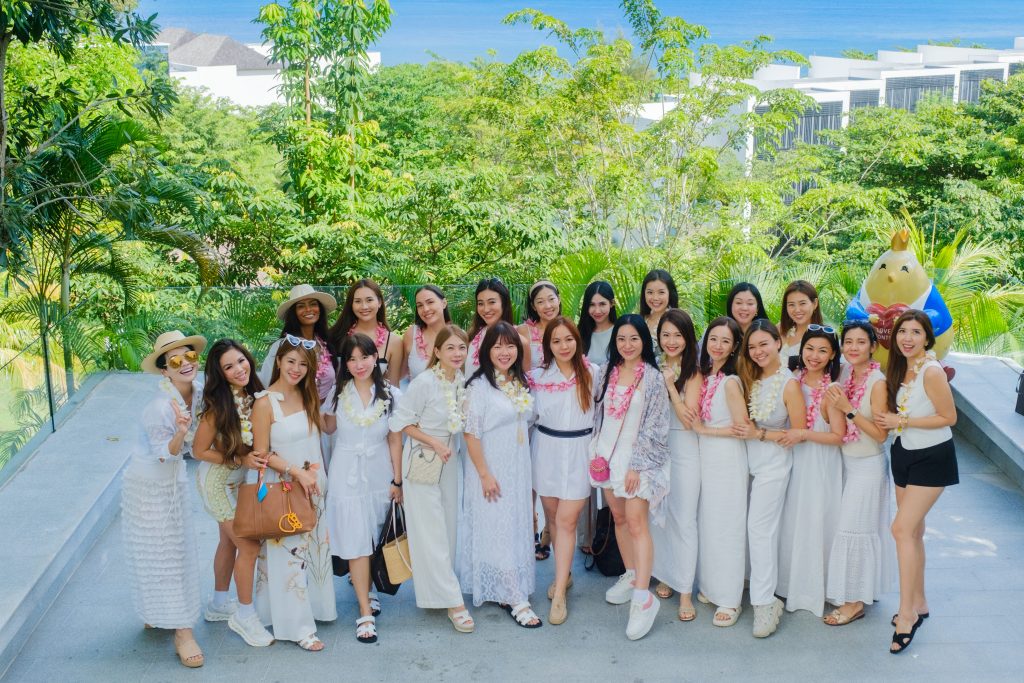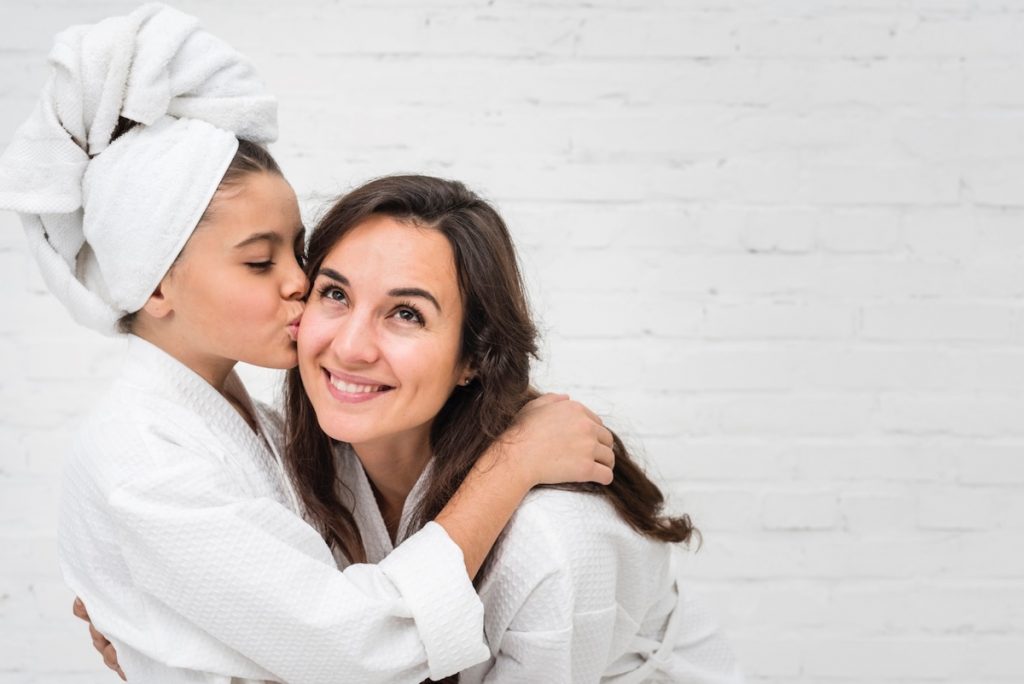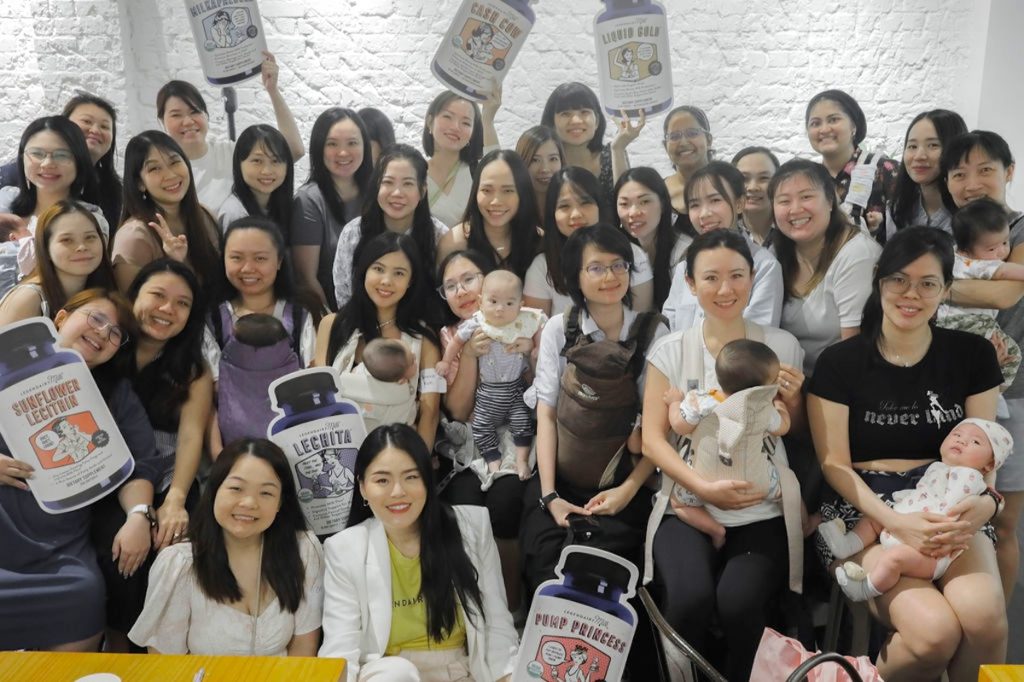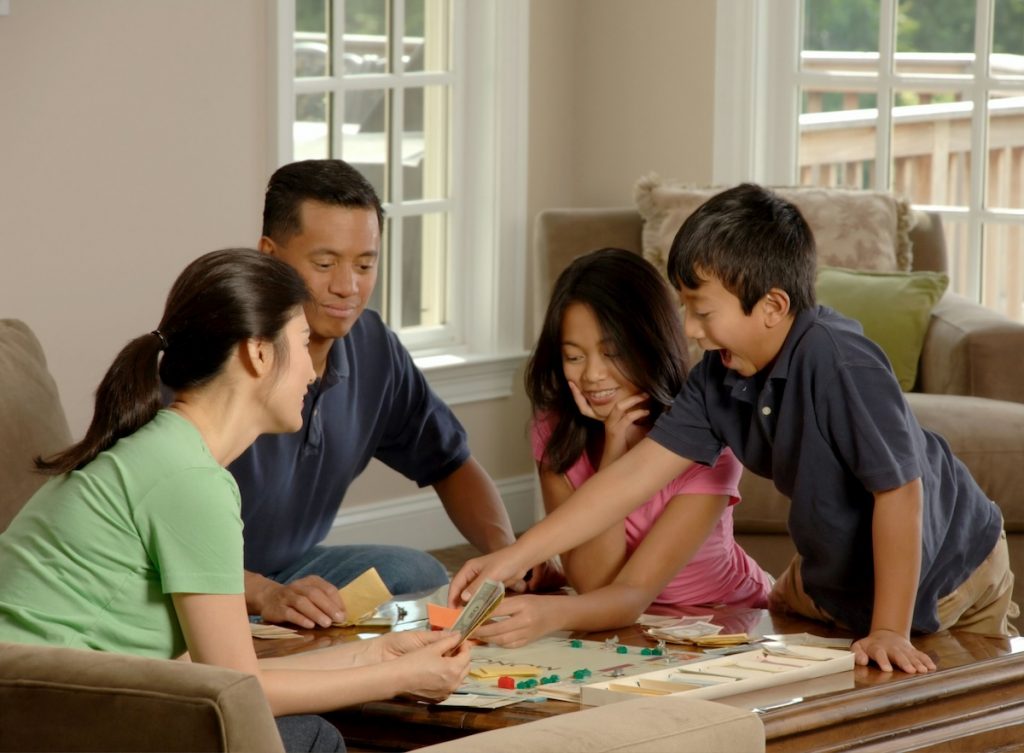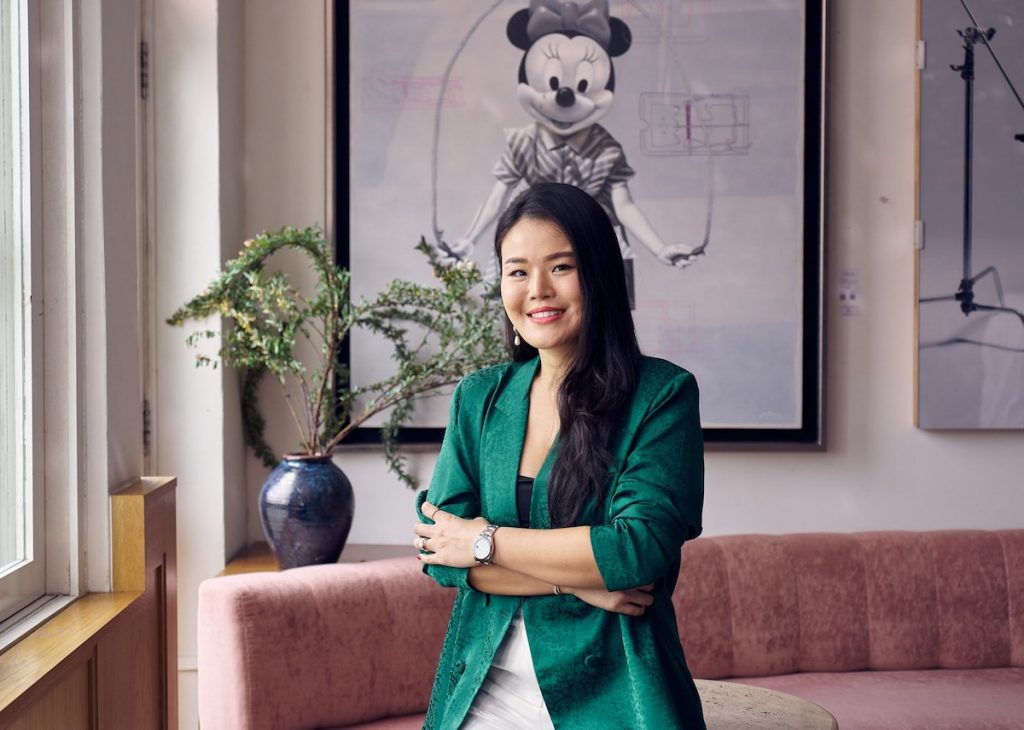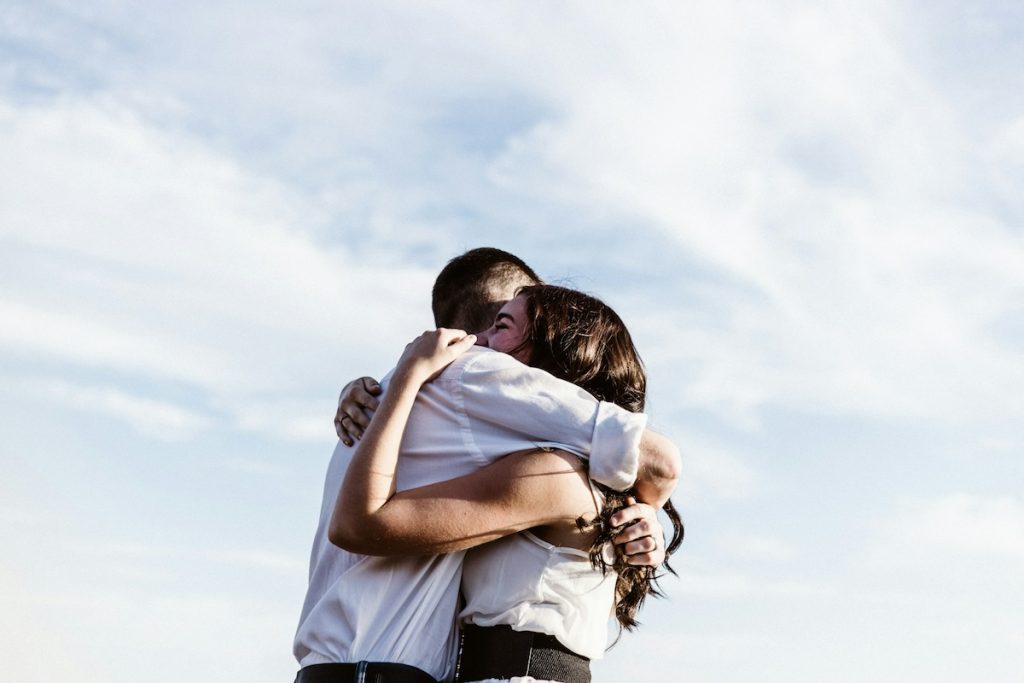Pregnancy is probably one of the most miraculous things a woman can experience in her life. However, it is also a time where the physiological and emotional changes she goes through can cause a lot of unnecessary stress on her body. When a person is stressed, the body enters into fight or flight mode where one starts to experience sleep disruptions, indigestion, problems eliminating waste and an inability to self-heal. That is why an increasing number of stressed out and tired pregnant women are turning to restorative yoga to help them ease into motherhood and some even into the post-partum period.
What is restorative yoga?
Restorative yoga involves the use of props to support the body in positions of comfort and ease to induce a state of health and recovery. It unites the pose (asana) and breath (pranayama) to bring about an active relaxation process where the body goes into a state of rest, resulting in a slower heart rate, lower blood pressure and quieter brain waves.
Precautions for pre-natal mums
- Avoid close twists (twisting towards bent leg).
- Avoid supine poses (lying horizontally with the head and torso facing up) as they could lead to the inferior vena cava (a major vein) being compressed.
- Avoid over stretching.
- Avoid over back bending as diastasis recti (splitting of the abdominal wall) might occur.
That said, here are some restorative yoga poses that pregnant mums can try at home.
Props needed: two bolsters, six blocks, five blankets, one strap and three eye pillows.
1. Supported Malasana Pose (To aid childbirth)
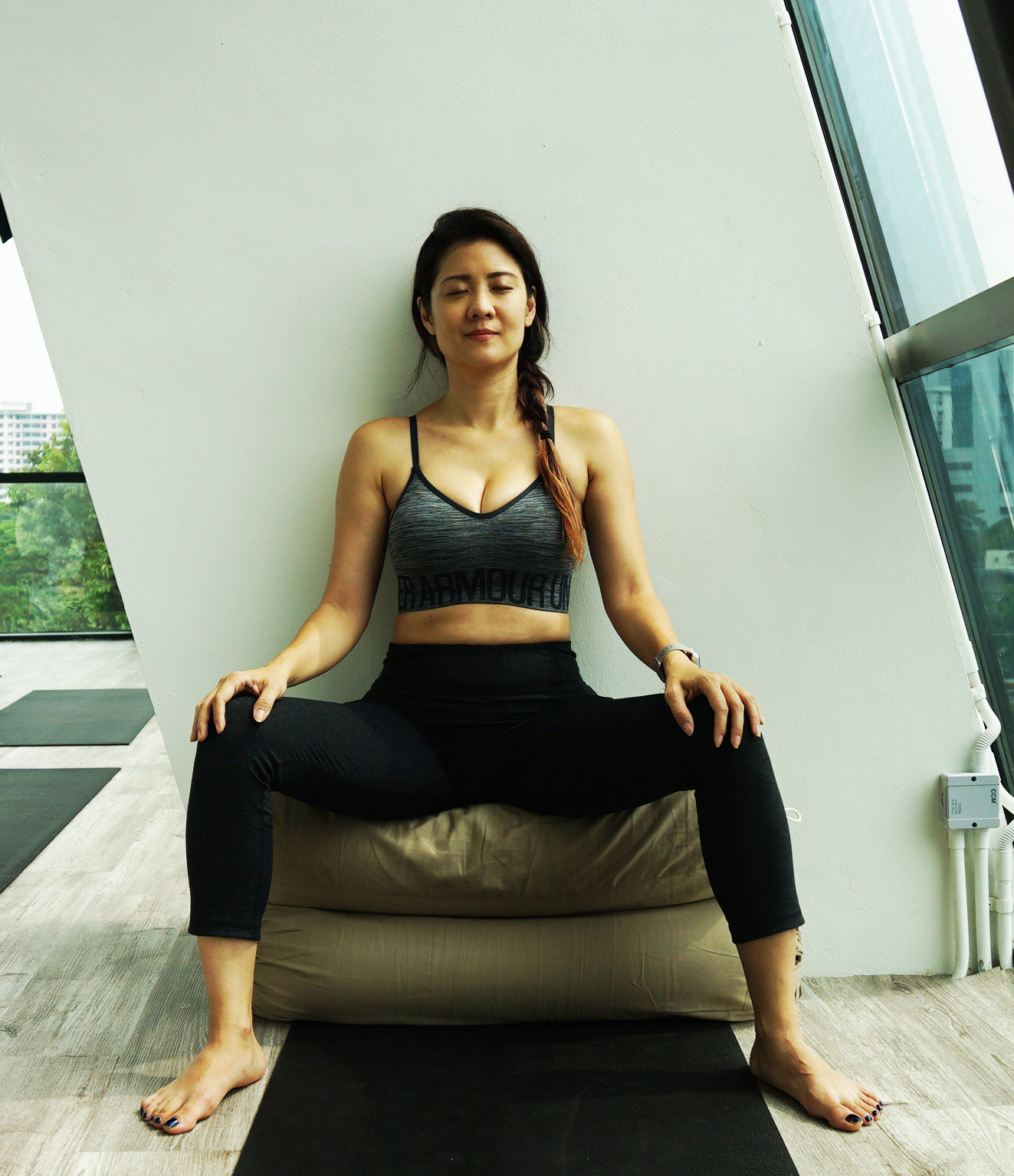 A top favourite, this pose has helped many pregnant mothers achieve a smoother natural birth.
A top favourite, this pose has helped many pregnant mothers achieve a smoother natural birth.
- Stack two to three bolsters against a wall (adjust height of bolsters according to level of comfort).
- Take malasana/garland pose on the bolsters. Root sit bones into the bolsters, erect spine and press the spine into the wall for extra security. Gently engage shoulder blades. Relax shoulders away from ears.
- Take legs and knees wider in the last trimester to accommodate the growing baby.
- Place palms on knees. Drape a folded blanket over each shoulder and another one over the knees for extra comfort and grounding.
- Breathe slowly, fully and deeply, connecting with the child as one. Stay here anywhere from 30 seconds to one minute allowing the ankles, knees, inner groins, hips and spine to be stretched.
2.Half Wall Hang (To aid relaxation, sooth tired body from excess weight in the last trimester)
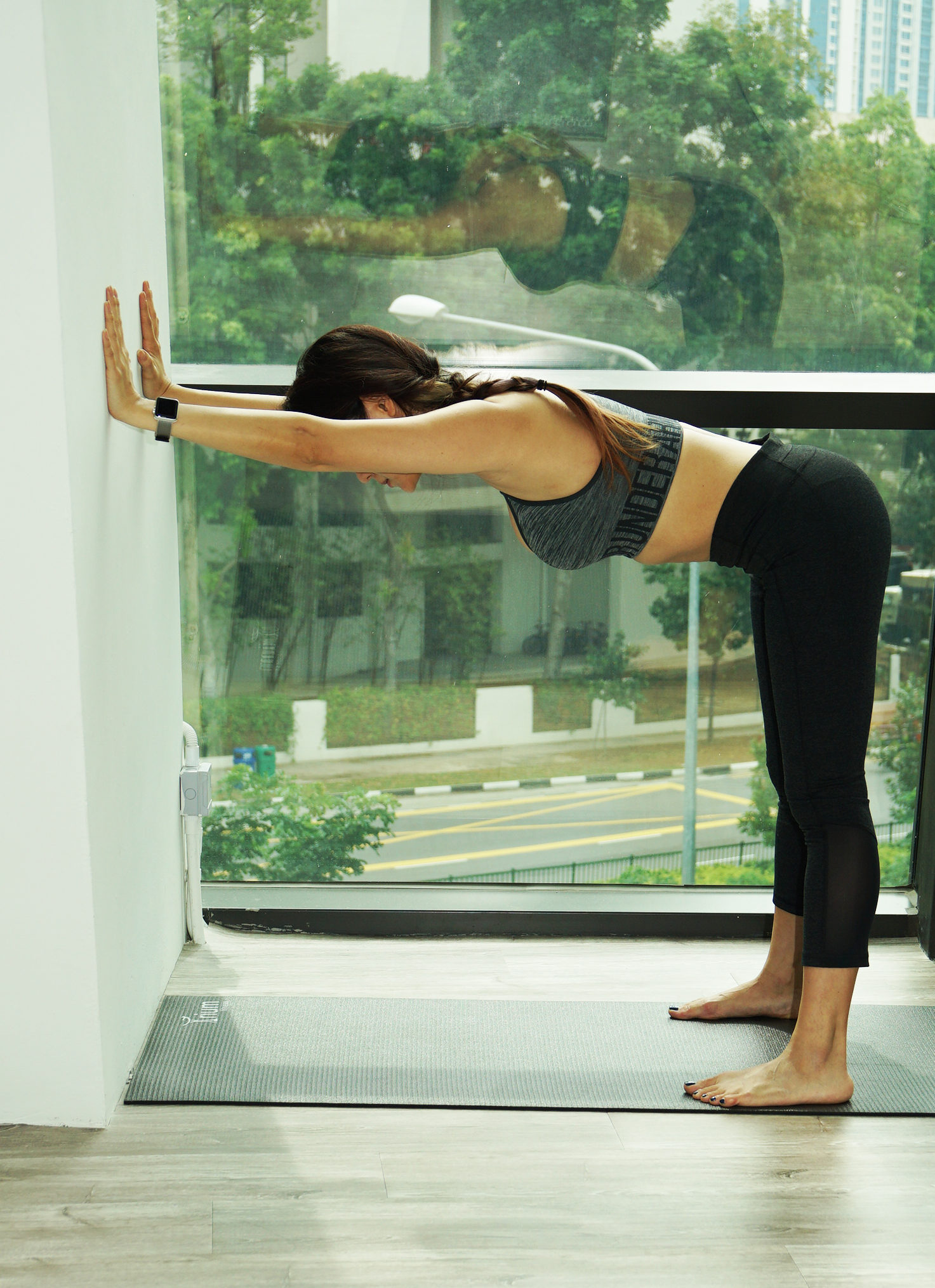
- Stand with hands on wall, shoulder-height, shoulder-width apart. Keep legs hips-width apart and increase distance as baby bum becomes bigger. Straighten arms, so as to achieve a pose where the spine is parallel to the floor, and toes and knee caps are pointing towards the wall. Legs can be slightly bent.
- The pose stretches the space between the spine. Reposition if you feel as though the uterus is being pulled down into the pelvic cavity by gravitational force.
- This pose also helps to reduce round ligament pain which is common in late pregnancy.
3. Supported Reclining Pose
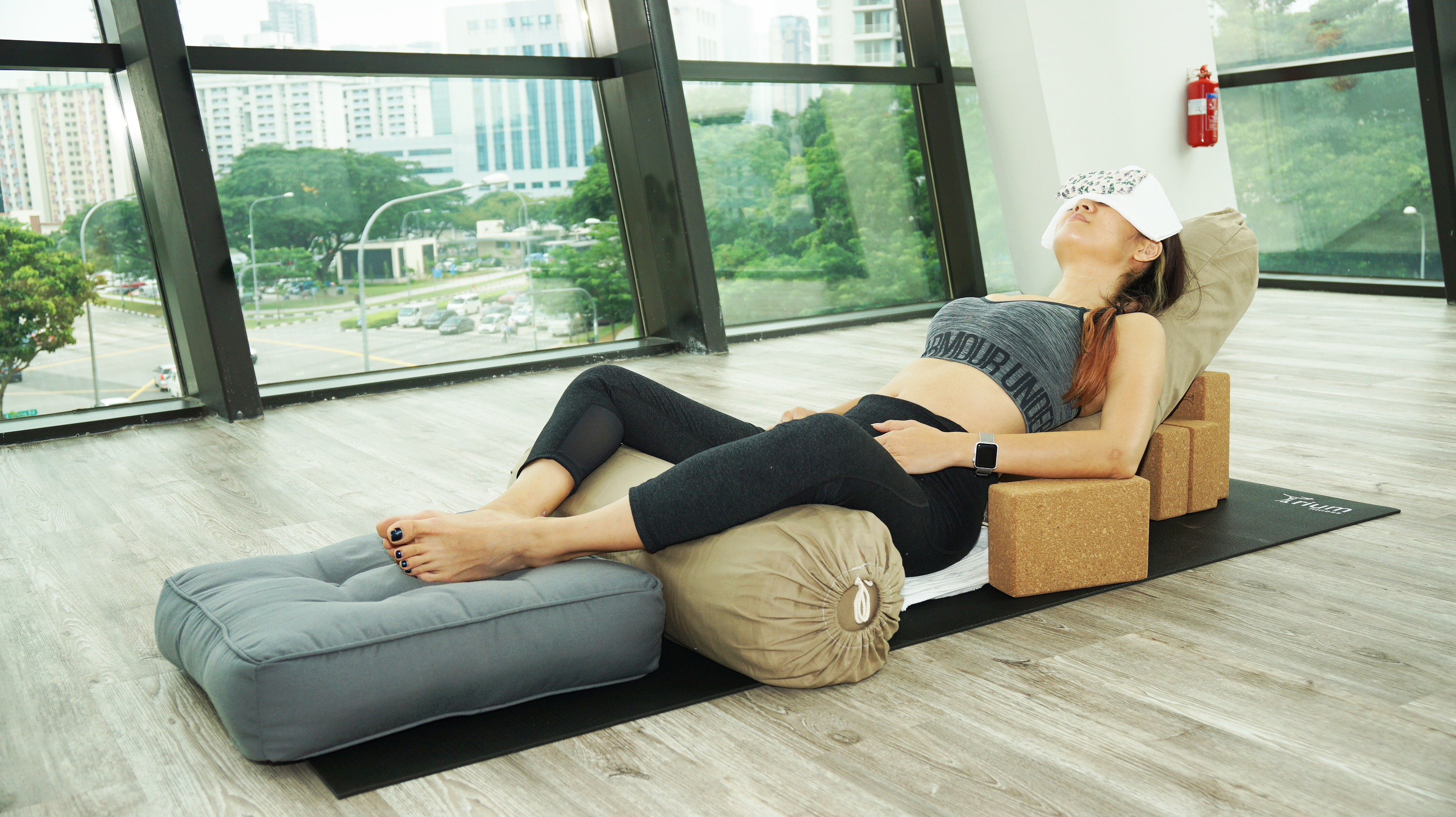 This is another top favourite with mothers-to-be. It can also be done after the baby is born.
This is another top favourite with mothers-to-be. It can also be done after the baby is born.
- For upper body: Set-up three blocks at a 45-degrees angle and place a bolster on top. Use one or two folded blankets as head pillow.
- For lower body: Set up an inclined bolster and two blocks to support the knees and legs.
- Use a rolled blanket to support the heels.
- Place two blocks to create elbow support.
- Place eye pillow over eyes.
- Use one blanket to cover the legs and another to cover the baby belly if feeling cold.
Breathe slowly, fully and deeply into the baby you are carrying. Send it silent, unconditional love and feel every tiny movement in the belly as the mother and child bond. Stay here for 10 to 30 minutes.
4. Supported Seated Angle (Aids in the soothing of lower back muscles, helps with insomnia and calms agitation)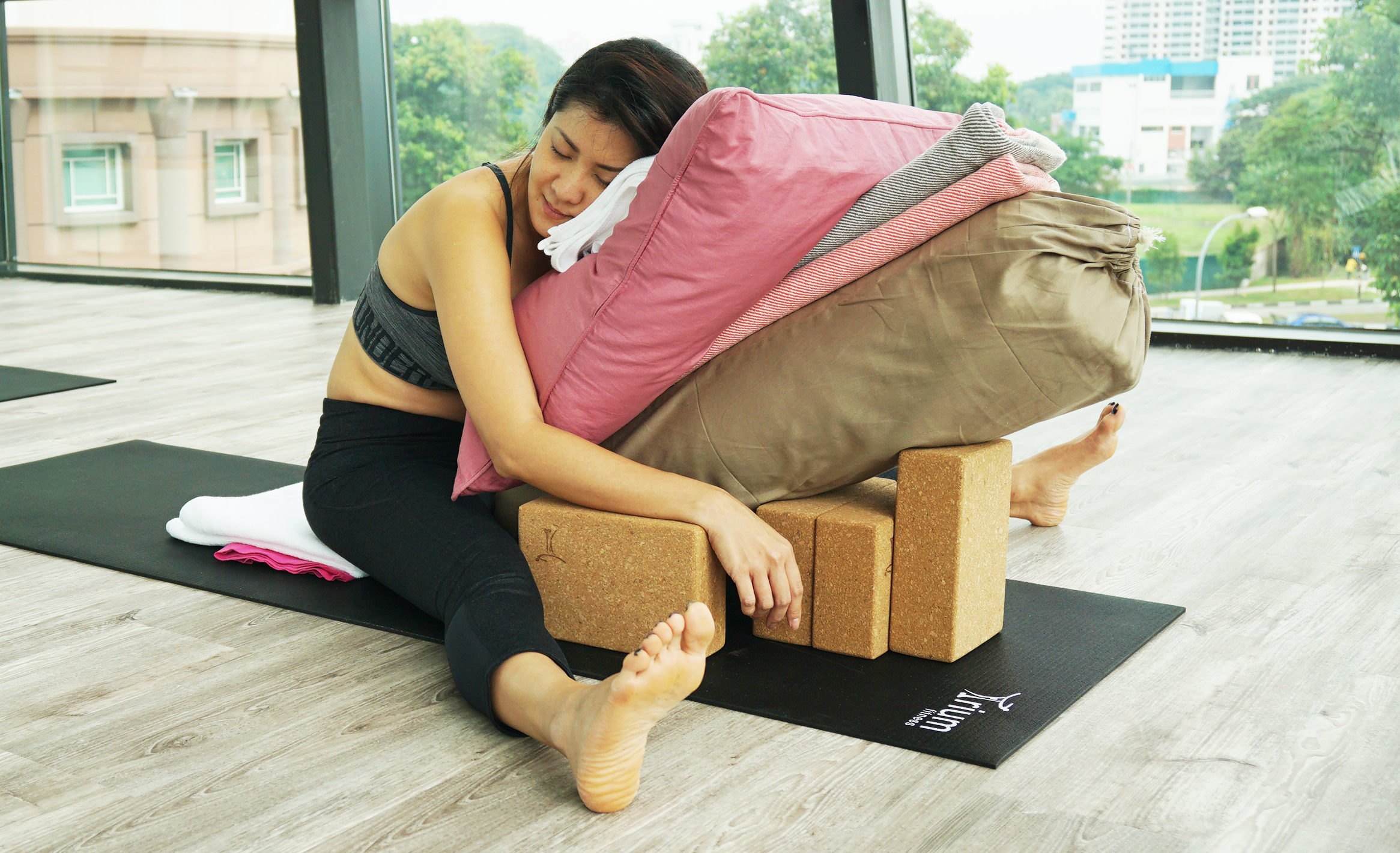
- Sit on a folded blanket. Set up a 45-degree inclined bolster with three blocks underneath. Use as many folded blankets as needed on the bolster to support the head so you can sit comfortably. Root your tailbone into the blanket, round your back and rest your head on the bolster.
- An extra block can be used as extra head support underneath the folded blankets for the cervical spine. Place one or two folded blankets between the legs and belly to support the organs in the seated forward fold.
- Place two long rolled blankets underneath the knees to soothe out the tired knees.
- Place an eye pillow on the back of the neck for extra grounding and security. Cover the back body with a blanket and breathe deeply into the lower back. Change neck position by lying on the left cheek to forehead (with palms folded beneath the head) to right cheek, taking 30 seconds to one minute in each different angle.
- This pose is particularly useful after child birth.
5. Supported Savasana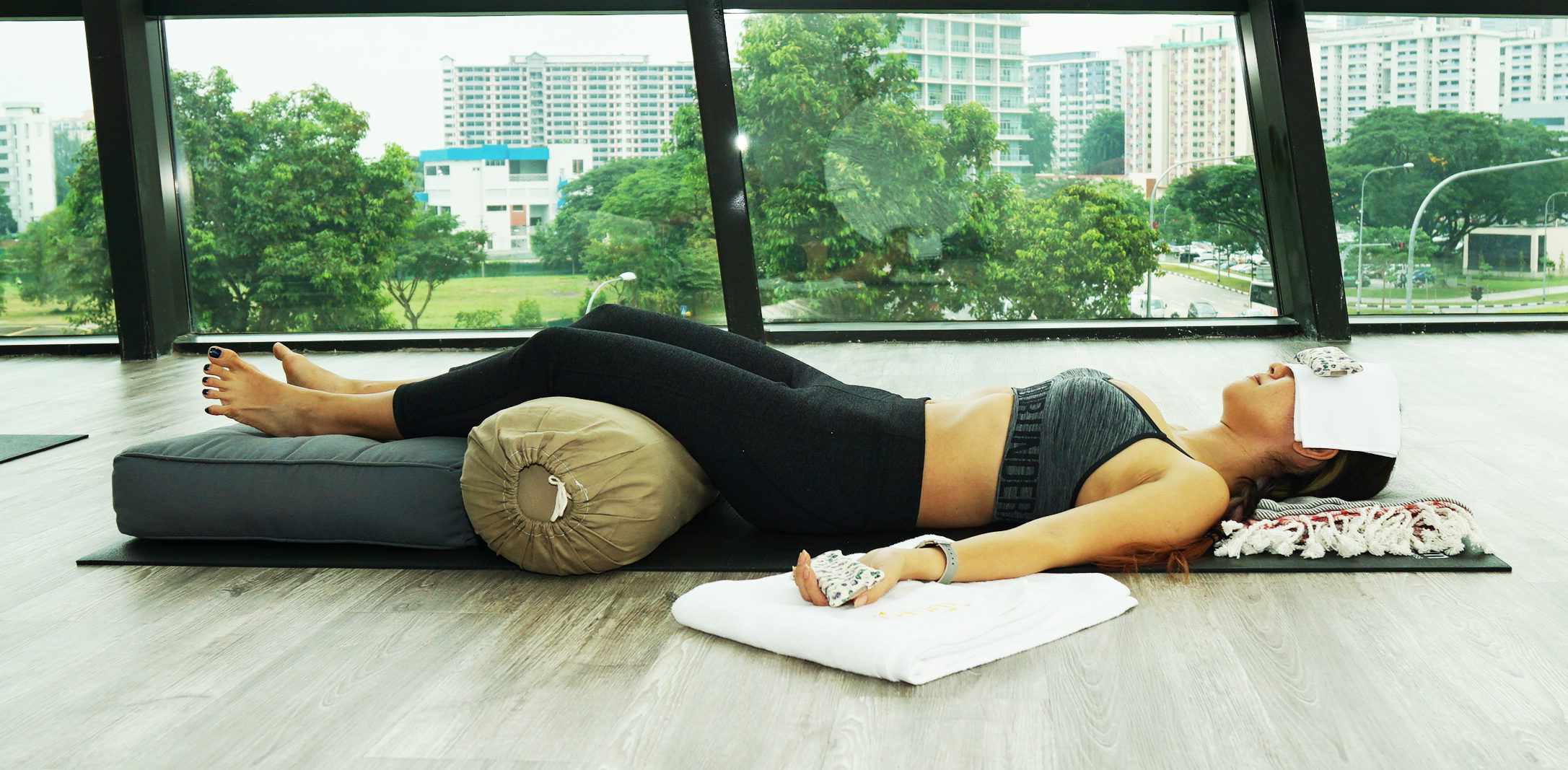
- Lie on your back, place a folded blanket length-wise along your spine and one width-wise beneath your head.
- Incline a bolster using two blocks. Swing calves over the bolster.
- Place heels on a rolled up blanket.
- Place one eye pillow on the eyes, and one on each palm.
- Breathe, dissolve, reset.
- The crux of the restorative practice is to let go. Let go of all your worries about the new born baby and embrace the new light in your life. Let go of the tension in your body and reset your breath. Let go of your fatigue, welcome rest.
Credits:
Poses from Yinn (pictured below) who teaches restorative yoga at Trium Fitness.
Katherine’s wardrobe by Under Armour.